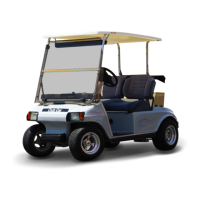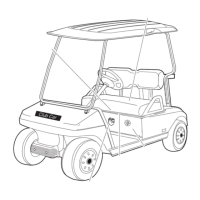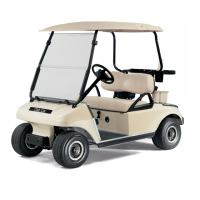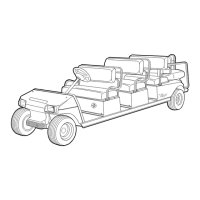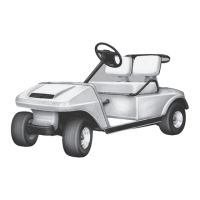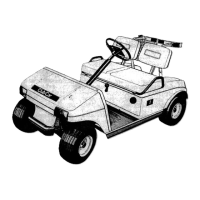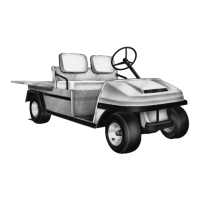What to do if my Club Car 1995 Golf Car won't run and there's no solenoid click?
- FFrank SinghJul 26, 2025
If your Club Car Golf Cars vehicle won't run and there's no solenoid click, the issue might stem from several causes. Check the battery connections, and use Test Procedure 1. The batteries might be discharged. Inspect for loose wires, using Test Procedure 2 and Test Procedure 6. A switch might have failed.



